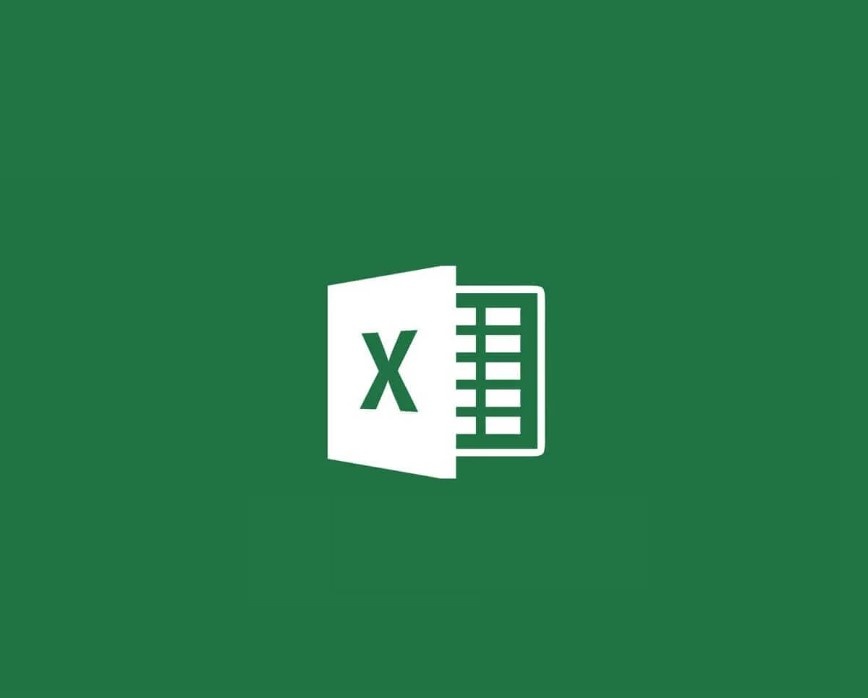Excel Blog
How do I Import Data from an External Source in Excel?
Importing data from external sources into Excel allows you to work with data from different platforms. Follow these steps to learn how.
Step 1: Open Excel
- Open Microsoft Excel on your computer.
Step 2: Identify the External Source
- Determine the external source from which you want to import data.
- Examples include databases, websites, text files, CSV files, and more.
Step 3: Access the “Data” Tab
- In Excel, locate and click on the “Data” tab in the top menu bar.
- This tab contains tools for importing and manipulating data.
Step 4: Choose the Import Method
- On the “Data” tab, click on the “Get External Data” or “From Other Sources” button.
- A drop-down menu will appear with different import options.
Step 5: Select the External Source
- From the drop-down menu, choose the option that corresponds to your external data source.
- For example, select “From Text” for a text file, “From Web” for a website, etc.
Step 6: Locate and Import the Data
For Text or CSV Files:
- Follow the on-screen instructions to locate and open the text or CSV file.
- Specify any delimiter settings if necessary.
- Excel will guide you through a preview of the data before importing it.
For Databases:
- Provide the necessary database connection details, such as server, database name, username, and password.
- Select the specific tables or queries you want to import into Excel.
For Websites:
- Enter the URL of the website containing the data you want to import.
- Follow the prompts to specify table selection and data range.
Step 7: Choose Import Options
- Depending on the external source and import method, you may have additional options to configure.
- For example, you can specify how Excel should handle headers, formatting, or refreshing data connections.
Step 8: Specify Destination Range
- In Excel, choose the location where you want to import the data.
- This can be a new worksheet, an existing worksheet, or a designated range.
Step 9: Confirm and Import
- Review your import settings and destination range.
- Click “OK” or “Import” to begin importing the data into Excel.
Step 10: Refresh the Imported Data
- If your external data source is dynamic and subject to change, you can refresh the data in Excel.
- Simply right-click on the imported data and choose “Refresh” or use the “Refresh All” button on the Data tab.
By following these steps, you can easily import data from external sources into Excel, expanding your capabilities to work with different data formats and platforms.
Want to leverage the benefits of Excel for your personal or business applications? Head over to our website and obtain the license through the Office Suite, in versions including Office 2016, Office 2019, and Office 2021.

